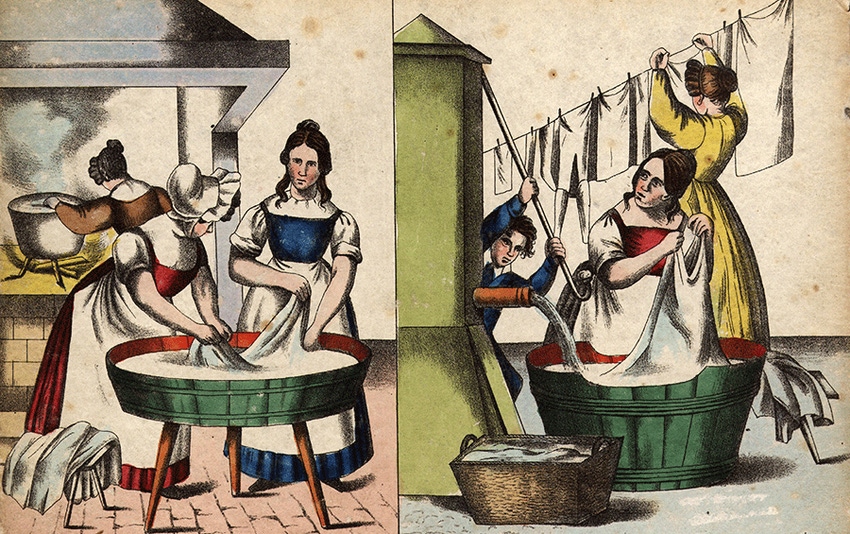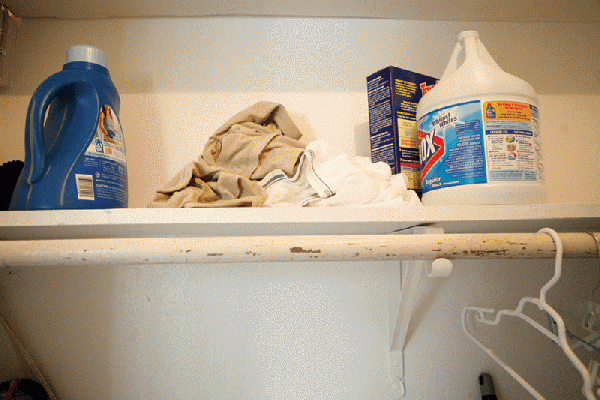
All the while American consumers have been railing about the evils of agricultural pesticides — some of the most tested and regulated materials on the planet — they have daily used, with nary a thought, an array of household chemicals with toxicity that can range from mild to deadly, and with labels that often don’t disclose the ingredients.
IT’S FREE! Stay informed on what’s happening in Mid-South agriculture: Subscribe to Delta Farm Press Daily.

Cleaning products are not required by federal law to list ingredients, and many manufacturers opt not to do so, or only make them available on their websites.—Getty Images/Eli Meir Kaplan
Cleaning products are not required by federal law to list ingredients, and many manufacturers opt not to do so, or only make them available on their websites.—Getty Images/Eli Meir KaplanThat’s about to change. The behemoth Environmental Protection Agency (almost 16,000 employees last year, with a fiscal 2016 budget of $8.6 billion) is about to be handed the responsibility for a first-ever update of the 1976 Toxic Substances Control Act, which will, for the first time ever, subject more than 64,000 household chemicals to regulation.
The Frank L. Lautenberg Chemical Safety for the 21st Century Act, passed on a 403-12 House vote at the end of May, was expected to gain Senate approval and President Obama’s signature. The legislation requires that the EPA test and regulate the tens of thousands of household products now sold, as well as new ones in the future. It requires higher protection levels for pregnant women, children, and other “vulnerable populations.” Costs would be paid with user fees imposed on product manufacturers.
Check current commodity prices
Proponents of the measure contend the nation’s primary chemicals management law needs updating to keep pace with scientific advancements and to insure that these products are safe. The federal law, they say, will provide uniformity of regulation rather than having a patchwork of state chemical management laws.

CLICK HERE for Richard Brock on crops marketing: Think, observe, decide, and do.—Getty Images/Scott Olson
CLICK HERE for Richard Brock on crops marketing: Think, observe, decide, and do.—Getty Images/Scott OlsonResponse to the measure has varied from ho-hum to well, it’s not exactly great, but probably the best that could be expected in the combative legislative arena of recent years. And there is concern that funding to EPA will be inadequate for a project of such magnitude.
The bill was a joint effort of Louisiana Republican Senator David Vitter and Democratic Senator Tom Udall of New Mexico, who carried through on the years-long work of the late Sen. Lautenberg to reform the 1976 law. It is estimated that some 700 new chemicals come into the market each year, with limited testing by the EPA. Cleaning products are not required by federal law to list ingredients, and many manufacturers opt not to do so, or only make them available on their websites.
About the Author(s)
You May Also Like




